Home>Garden Essentials>How Long For Castor Beans To Germinate
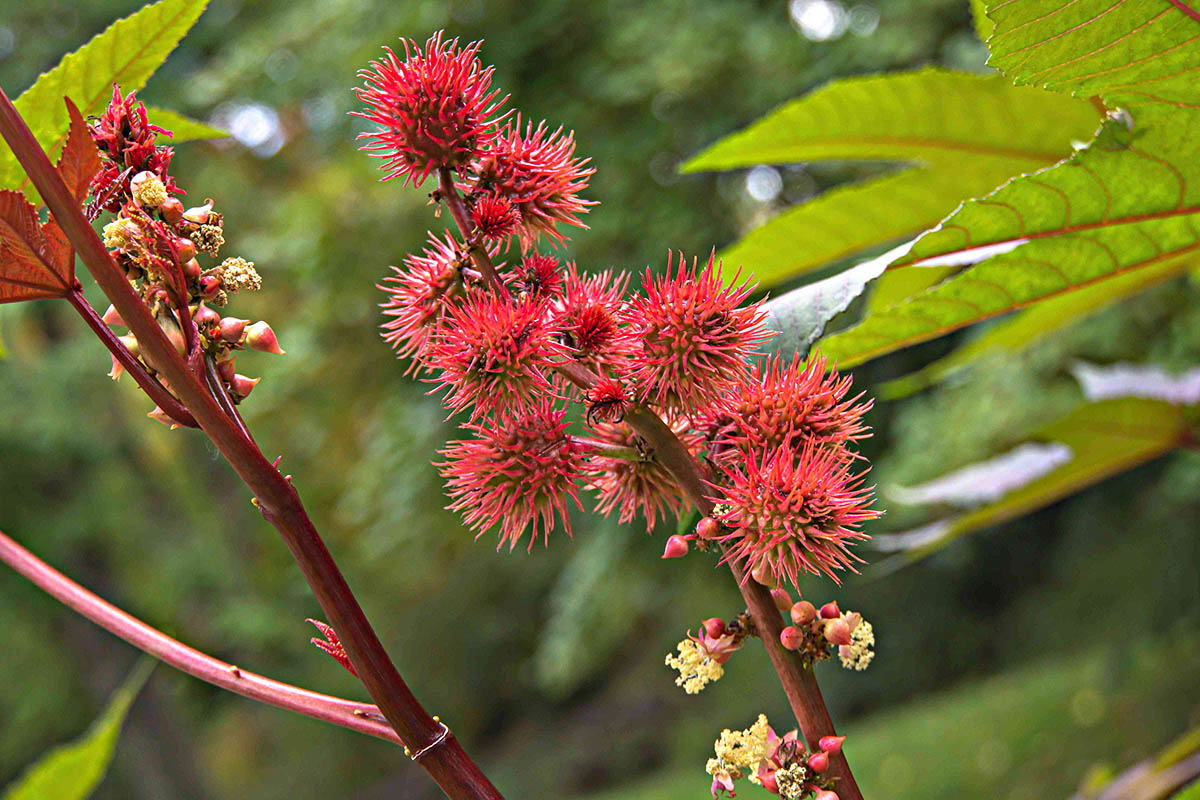

Garden Essentials
How Long For Castor Beans To Germinate
Modified: March 16, 2024
Discover how long it takes for castor beans to germinate in your garden. Learn tips and strategies for successful seed germination.
(Many of the links in this article redirect to a specific reviewed product. Your purchase of these products through affiliate links helps to generate commission for Storables.com, at no extra cost. Learn more)
Introduction
Welcome to the fascinating world of gardening! Whether you are a seasoned green thumb or just starting to dip your toes into the world of plants, understanding the process of germination is key to successful gardening. In this article, we will be focusing on the germination time of castor beans and what factors can influence this process.
Castor beans, scientifically known as Ricinus communis, are tropical plants that belong to the spurge family. They are widely cultivated for both decorative and industrial purposes. Castor oil, extracted from the seeds of castor beans, has multiple applications ranging from cosmetics to lubricants.
When it comes to growing castor beans, one of the first questions that arises is: how long does it take for castor beans to germinate? Germination is the process by which a seed begins to sprout and develop into a new plant. Various factors can influence the germination time, so let’s delve into them in more detail.
Key Takeaways:
- Castor beans take 7 to 14 days to sprout, but factors like seed quality, warmth, and moisture can speed up the process. Techniques like pre-soaking and scarification can also help.
- To troubleshoot germination issues, ensure consistent moisture, stable temperature, and address seed coat hardness. Patience and care are key to successful castor bean germination.
Read more: How To Plant Castor Beans Seeds
Factors Affecting Germination Time
Several factors can impact the germination time of castor beans. Understanding these factors will help you create the optimal conditions for successful germination. Let’s explore them:
- Seed Quality: The quality of the castor bean seeds directly affects germination time. Fresh and viable seeds have a higher chance of germinating quickly. It is recommended to obtain seeds from reliable sources to ensure their viability.
- Temperature: Castor beans prefer warm temperatures for germination. The ideal temperature range for castor bean germination is between 20°C (68°F) and 30°C (86°F). Cooler temperatures can slow down the germination process, while temperatures above 35°C (95°F) can inhibit germination.
- Moisture: Adequate moisture is essential for the germination of castor beans. The soil should be consistently moist but not waterlogged. Dry or excessively wet conditions can hinder germination.
- Light: Unlike some plants, castor beans do not require light for germination. In fact, they tend to germinate better in darkness. It is recommended to cover the seeds with a thin layer of soil or a dark cloth to create a dark environment.
- Soil Conditions: The quality and composition of the soil can affect germination time. Castor beans thrive in well-draining soil with a pH range of 6 to 7. It is recommended to prepare the soil by adding organic matter to improve its fertility and drainage.
- Nutrients: Adequate nutrient availability is crucial for germination. Before sowing castor bean seeds, it is beneficial to amend the soil with organic fertilizers or compost to ensure the seeds have the necessary nutrients for growth.
By considering these factors and providing the optimal conditions, you can significantly influence the germination time of castor beans. Let’s explore the ideal conditions for germination in the next section!
Ideal Conditions for Germination
Creating the ideal conditions for germination is essential to ensure the success of your castor bean seeds. Let’s take a closer look at the ideal conditions for germination:
- Temperature: As mentioned earlier, castor beans prefer warm temperatures for germination. Aim for a temperature range of 20°C (68°F) to 30°C (86°F). You can provide this by keeping the seeds in a warm indoor location or using a heating mat specifically designed for germination.
- Moisture: Proper moisture levels are crucial for germination. Keep the soil consistently moist throughout the germination process. However, it’s important to avoid overwatering, as this can lead to rotting or fungal diseases. Maintain a balance by watering the soil gently and frequently to keep it evenly moist.
- Light: Castor beans do not require light for germination, so you can safely keep them in a dark environment or cover them with a dark cloth. However, once the seeds have sprouted and the seedlings are growing, they will need ample sunlight or artificial light for healthy development.
- Soil: Choose well-draining soil with a pH range of 6 to 7. If the soil in your gardening area is heavy or compacted, consider adding organic matter such as compost or peat moss to improve drainage and provide a nutrient-rich environment for the seeds.
By providing these ideal conditions, you can significantly speed up the germination process of your castor bean seeds. However, it is important to note that germination time can still vary depending on the seed quality and other factors. Let’s take a look at the typical germination period for castor beans in the next section!
Germination Period of Castor Beans
The germination period of castor beans refers to the amount of time it takes for the seeds to sprout and show visible signs of growth. Castor beans have a relatively long germination period compared to some other plant species. On average, it can take anywhere from 7 to 14 days for castor bean seeds to germinate under optimal conditions.
However, it’s important to note that germination time can vary depending on several factors, including seed quality, temperature, moisture levels, and soil conditions. By providing the ideal conditions mentioned earlier, you can help speed up the germination process and potentially see sprouts within a week.
During the germination period, you may notice small cracks appearing on the seed coat, indicating that the sprouting process has begun. Soon after, a radicle (the first root) will emerge from the seed, followed by the growth of the hypocotyl (stem) and the emergence of the cotyledons (seed leaves).
Once the seedlings have emerged, it’s important to provide them with plenty of light to promote healthy growth. Gradually acclimate them to direct sunlight if they were initially grown in a darker environment.
Remember that the germination period is just the initial stage of the plant’s growth. Castor beans are known for their rapid growth, and you can expect them to reach maturity within a few months, depending on the ideal growing conditions and the specific variety you are cultivating.
Next, let’s explore some techniques to speed up the germination of castor beans and troubleshoot any issues you may encounter during the process.
Castor beans typically take 7-14 days to germinate. To speed up the process, soak the seeds in warm water for 24 hours before planting. Keep the soil consistently moist and warm for best results.
Techniques to Speed Up Germination
If you’re eager to see your castor bean seeds sprout quickly, there are several techniques you can employ to speed up the germination process. Here are some effective methods:
- Pre-soaking: Before sowing the castor bean seeds, you can pre-soak them in warm water for 24 to 48 hours. This helps to soften the seed coat and promote faster germination. Make sure to change the water every 12 hours to prevent the growth of bacteria or mold.
- Scarification: Castor bean seeds have a hard outer coat that can inhibit water absorption and slow down germination. To overcome this, you can gently nick or file the seed coat with a sharp knife or sandpaper before sowing. This process, known as scarification, allows water to penetrate the seed more easily, speeding up germination.
- Bottom Heat: Providing bottom heat can create a warmer environment and stimulate faster germination. You can use a heating mat designed for seed starting or place the seed tray on top of a warm surface, such as a refrigerator or radiator. Just ensure that the temperature remains within the optimal range mentioned earlier.
- Grow Lights: If you’re starting your castor bean seeds indoors, using grow lights can provide consistent and even lighting. This can help accelerate germination by providing optimal conditions for growth. Position the lights about 6 inches above the seedlings and adjust the duration of light exposure to mimic natural daylight.
By employing these techniques, you can significantly reduce the germination time of castor bean seeds. Keep in mind that not all seeds may respond equally to these methods, so it’s important to experiment and find the approach that works best for your specific situation.
However, even with these techniques, it’s important to exercise patience. Some seed varieties may naturally have longer germination periods, and external factors like temperature and moisture can still influence the overall process. Be consistent with your care and allow the seeds the necessary time to sprout and grow.
In the next section, let’s discuss troubleshooting tips for germination issues you may encounter during the process.
Troubleshooting Germination Issues
Germinating castor beans can sometimes encounter challenges along the way. Here are some common germination issues you may come across and how to troubleshoot them:
- Poor Seed Quality: If your castor bean seeds are old or of poor quality, they may have low germination rates. To avoid this issue, always obtain fresh and viable seeds from reputable sources.
- Inconsistent Moisture: Inconsistent or improper moisture levels can hinder germination. Ensure that the soil remains consistently moist but not overly wet. Use a spray bottle or watering can with a fine nozzle to provide gentle and even moisture distribution.
- Temperature Fluctuations: Extreme temperature fluctuations can adversely impact germination. Keep the seeds in a stable and warm environment within the optimal temperature range. Avoid exposing them to cold drafts or direct heat sources.
- Seed Coat Hardness: The hard seed coat of castor beans can create a barrier for water absorption. If the seeds fail to sprout, consider scarifying them by nicking or filing the seed coat gently to help water penetrate and promote germination.
- Fungal Diseases: Excessive moisture or poor air circulation can lead to fungal diseases, such as damping off, which can cause the seedlings to rot before they emerge. To prevent this, ensure proper drainage, avoid overwatering, and provide adequate air circulation by spacing out the seeds properly.
By troubleshooting these common germination issues, you can increase the chances of successful germination for your castor bean seeds. However, keep in mind that some factors, such as the quality of the seeds and genetic variations, are beyond your control. Patience and consistent care are key to achieving successful germination.
Lastly, let’s summarize the information we have covered and conclude our discussion on castor bean germination.
Conclusion
Understanding the germination process of castor beans is vital for gardeners looking to grow these versatile plants. While the germination period of castor beans can range from 7 to 14 days, various factors can influence this timeframe. By providing the ideal conditions of warm temperatures, consistent moisture, and proper soil quality, you can speed up the germination process.
Techniques such as pre-soaking, scarification, bottom heat, and the use of grow lights can also be employed to accelerate germination. However, it’s important to exercise patience and remember that some varieties of castor bean seeds naturally have longer germination periods.
If you encounter germination issues, such as poor seed quality, inconsistent moisture, temperature fluctuations, or seed coat hardness, troubleshooting steps can be taken to address them. By identifying and resolving these issues, you can increase the success rate of germination.
Remember to provide the appropriate care and attention to the emerging seedlings, ensuring they receive adequate sunlight, water, and nutrients for healthy growth. With proper care, your castor bean plants will thrive and reach maturity within a few months.
Now that you have a deeper understanding of the germination of castor beans, you are well-equipped to embark on your gardening journey and enjoy the beauty and benefits these plants have to offer.
Happy gardening!
Frequently Asked Questions about How Long For Castor Beans To Germinate
Was this page helpful?
At Storables.com, we guarantee accurate and reliable information. Our content, validated by Expert Board Contributors, is crafted following stringent Editorial Policies. We're committed to providing you with well-researched, expert-backed insights for all your informational needs.
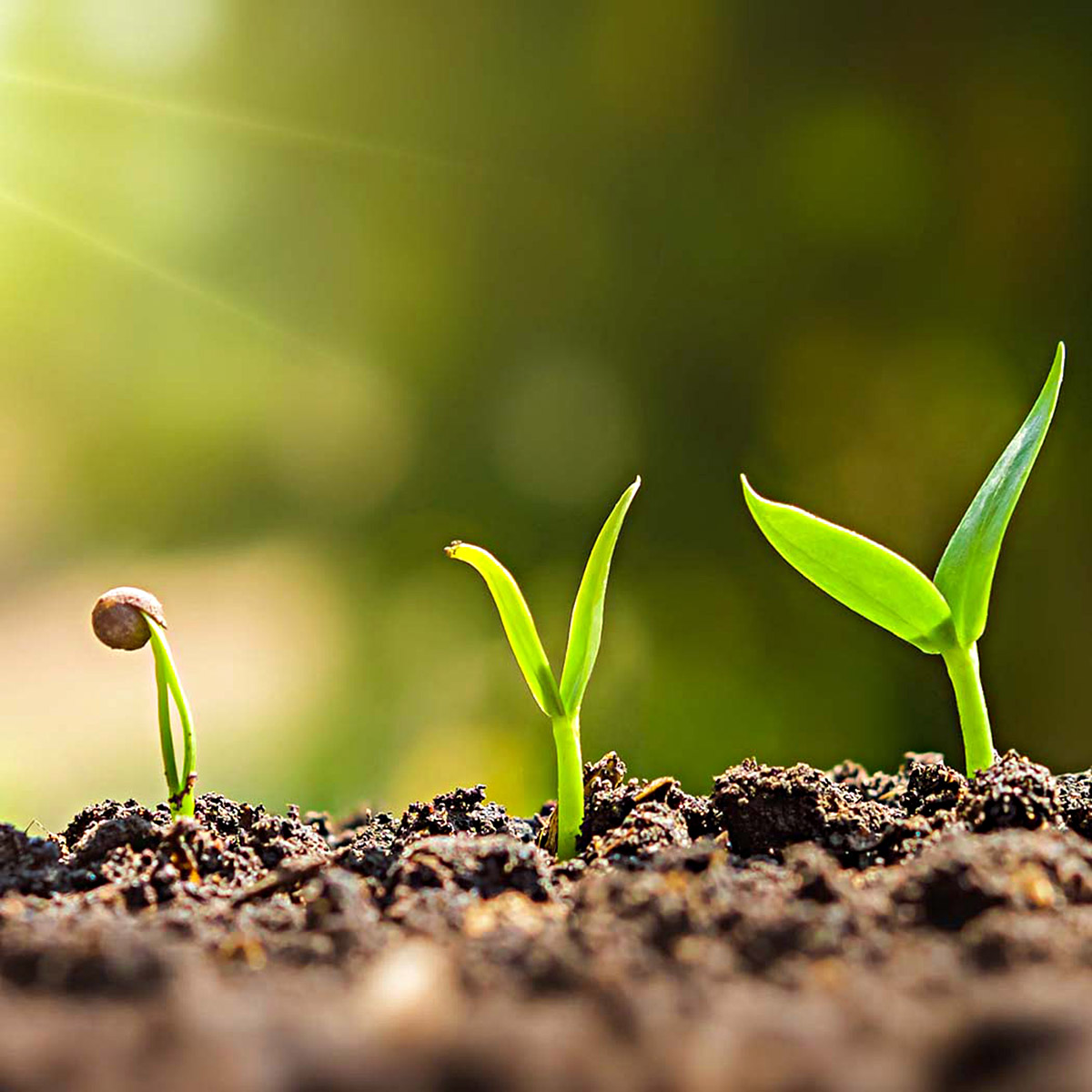
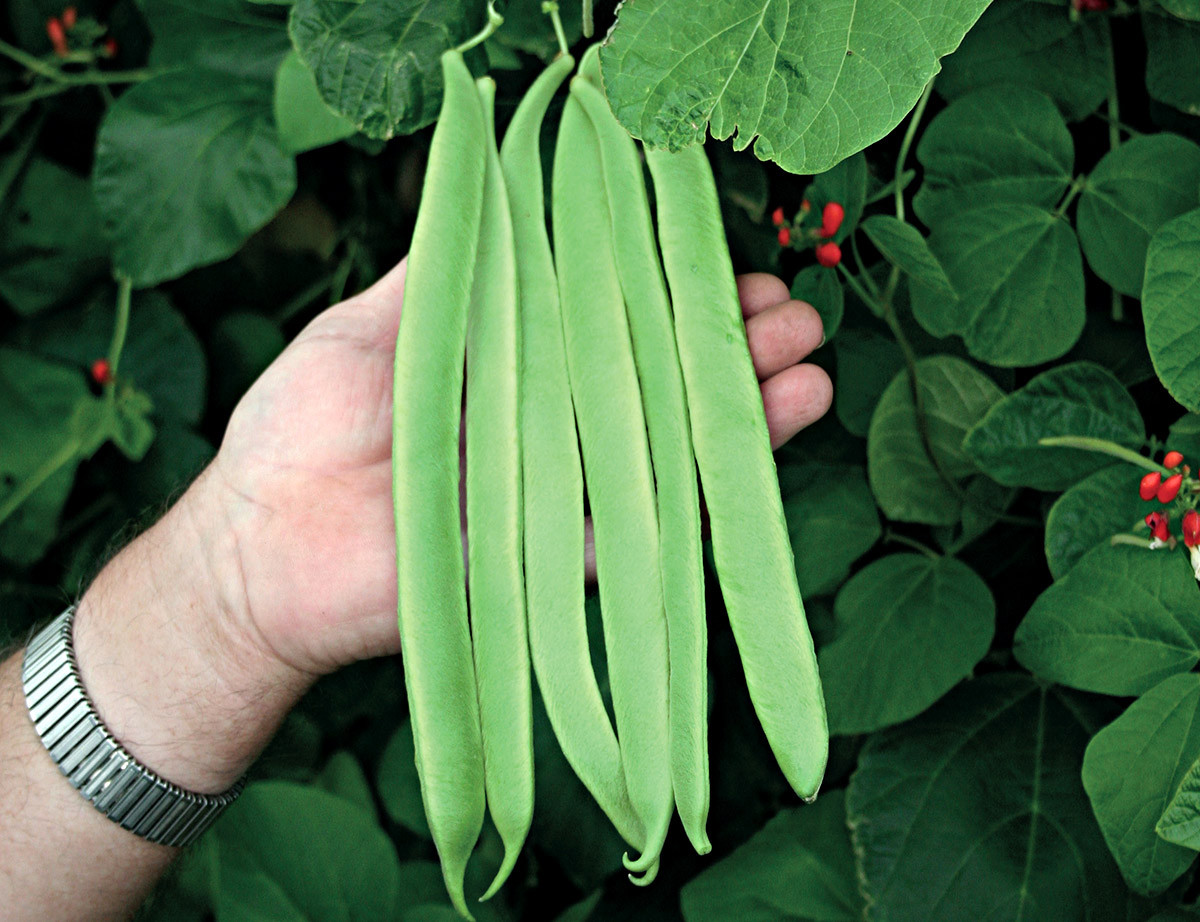
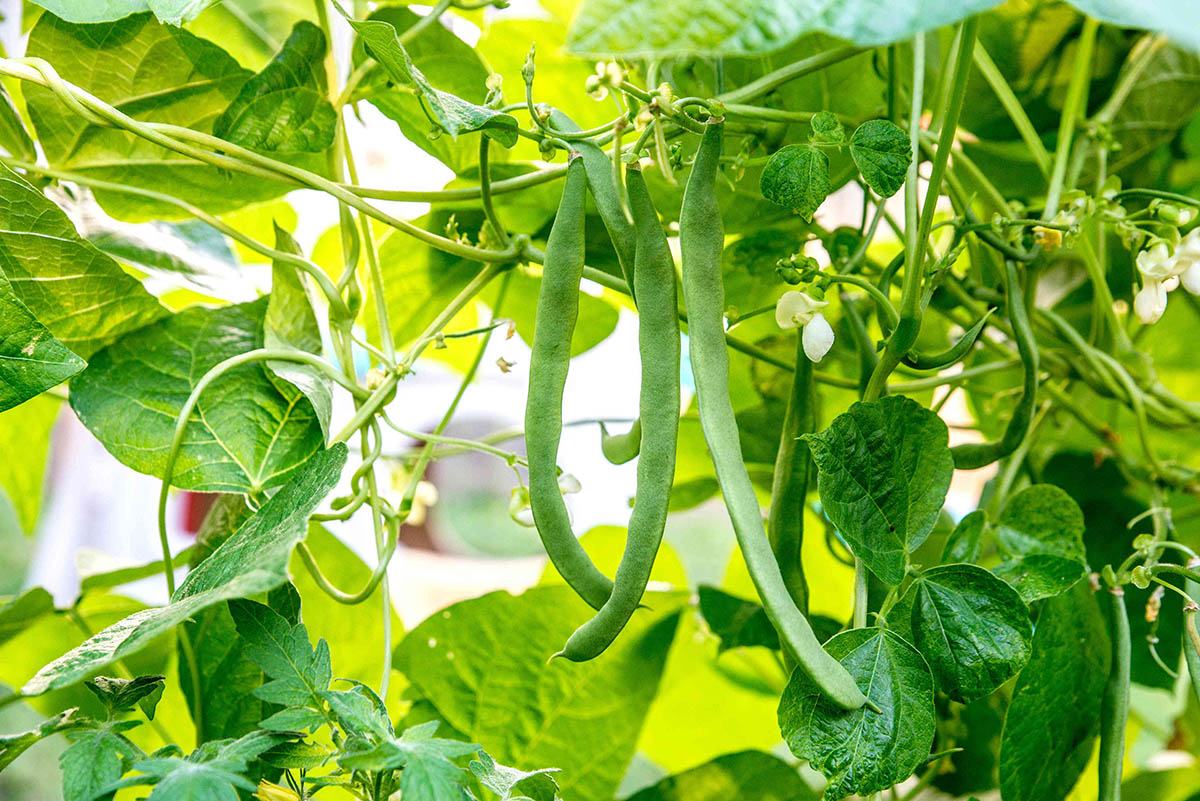
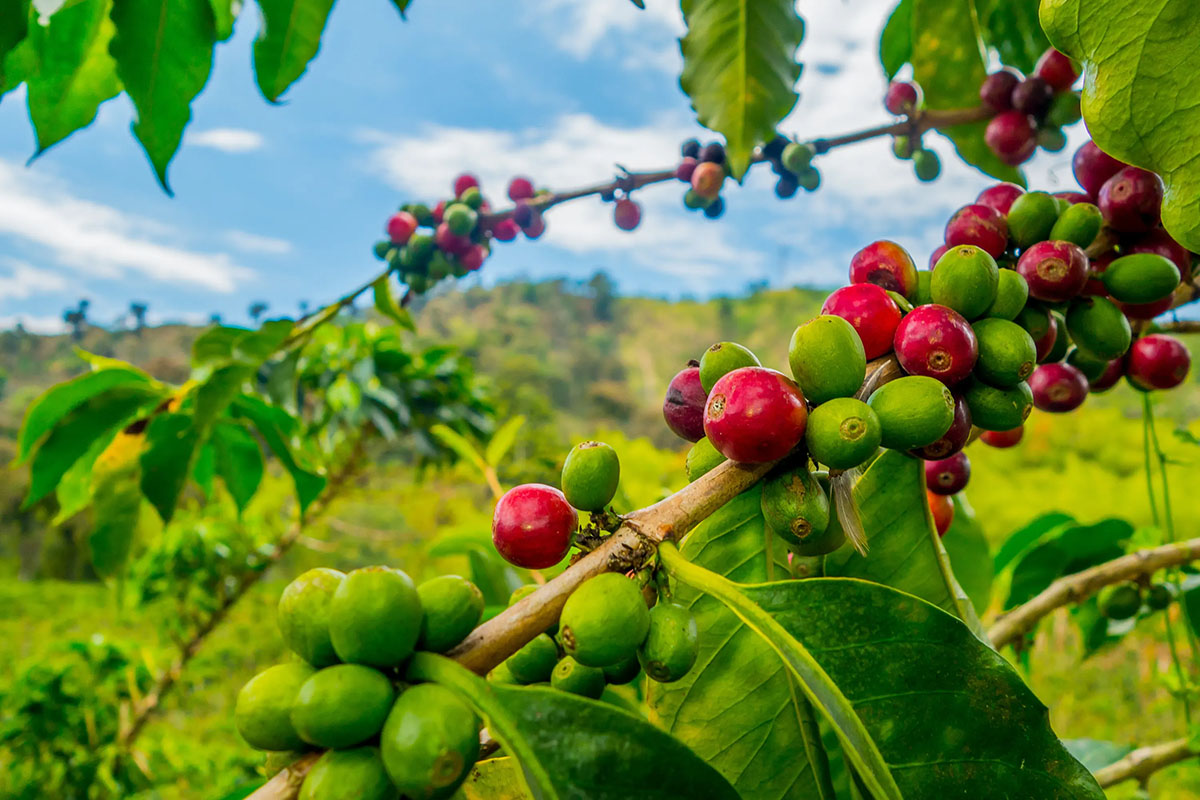
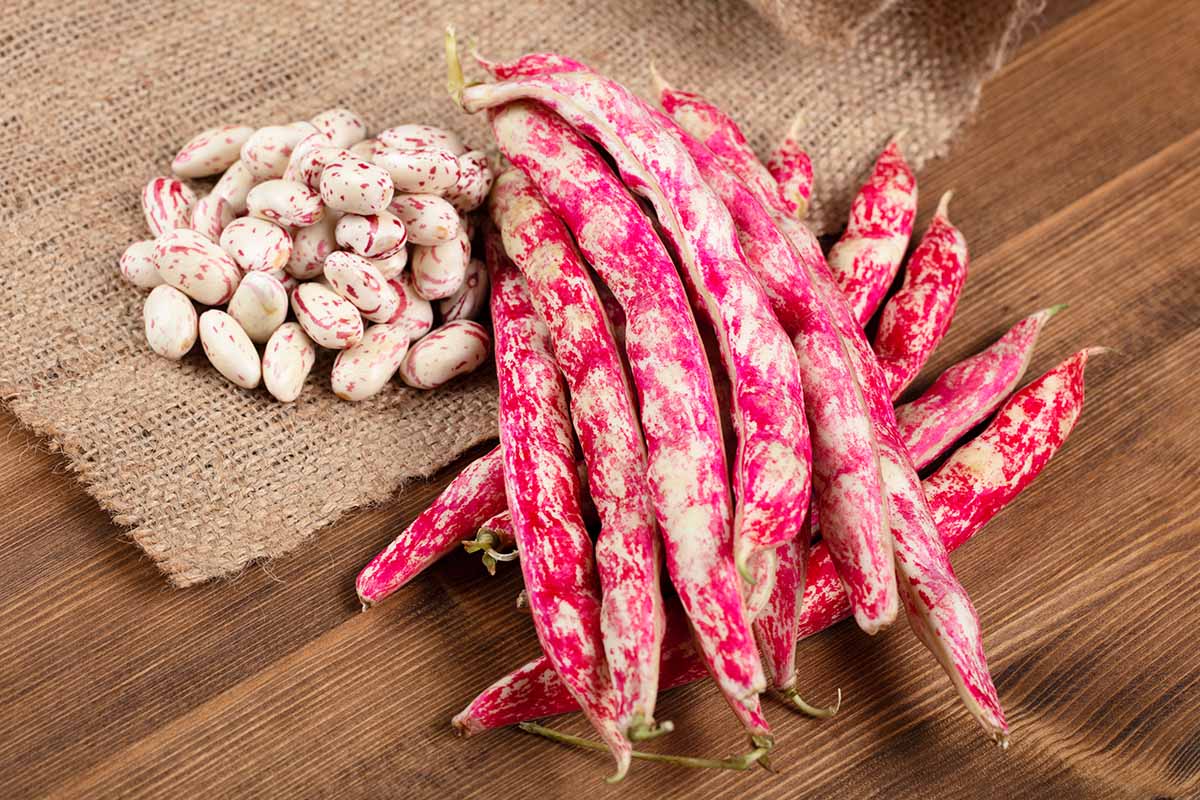
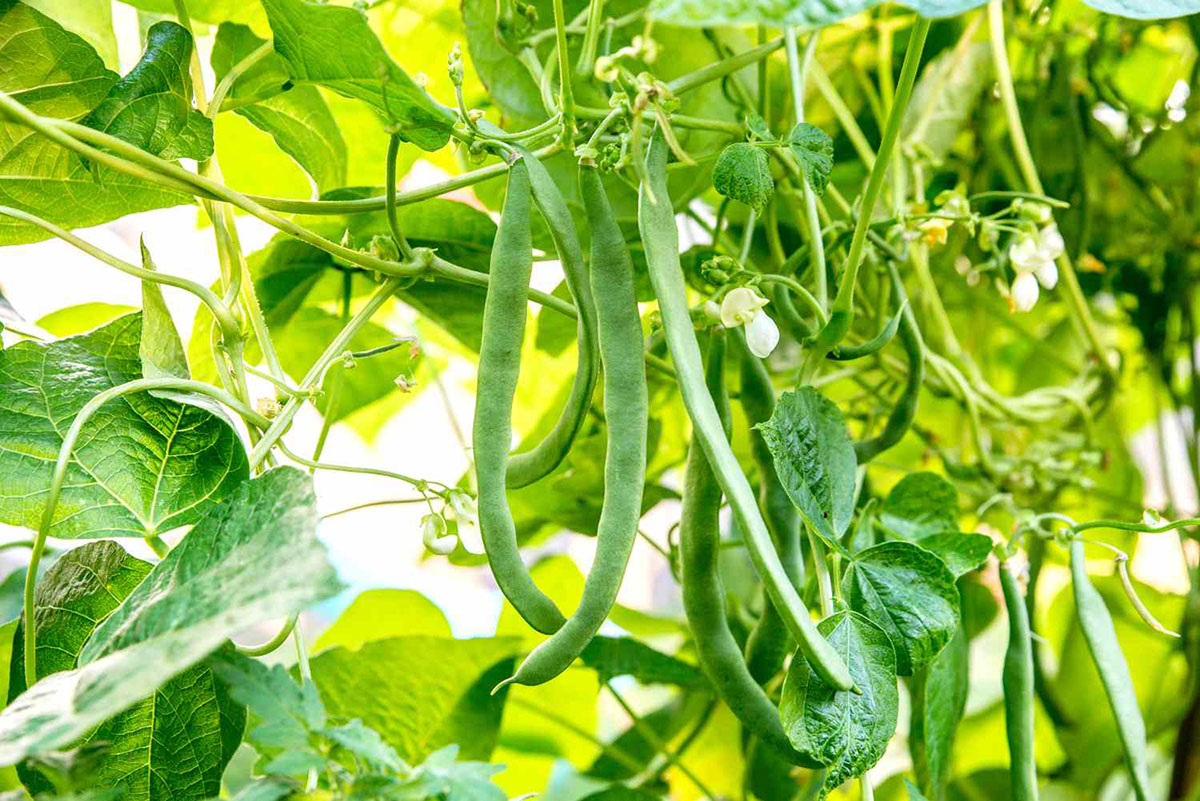
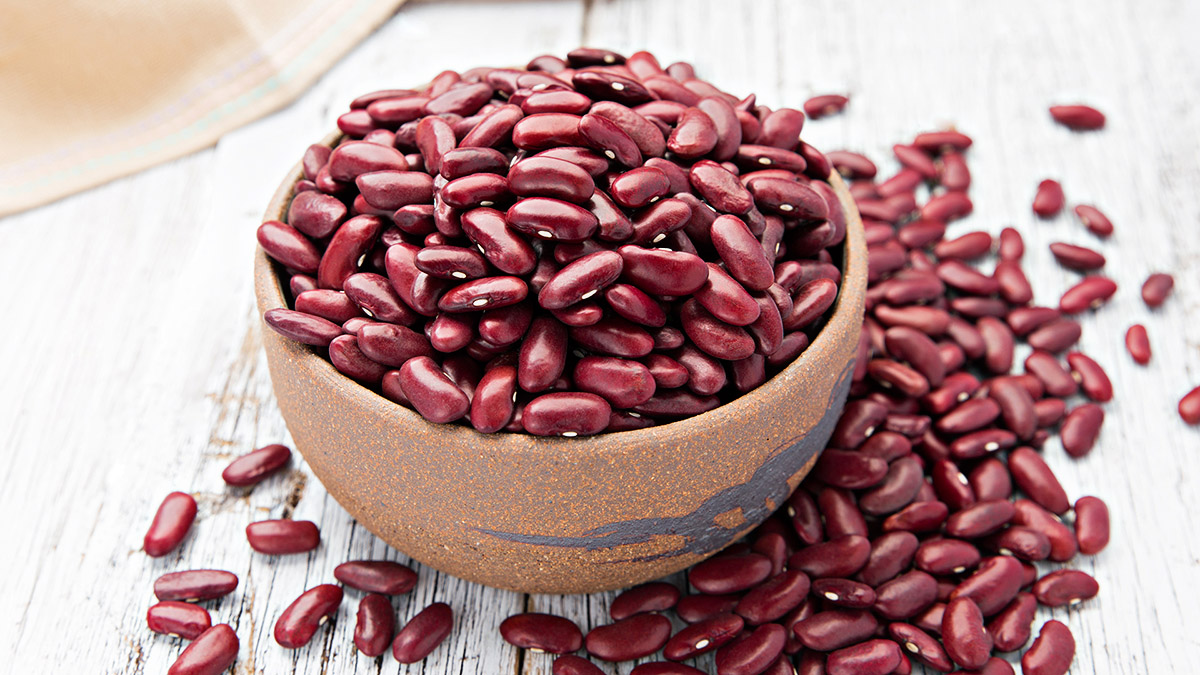
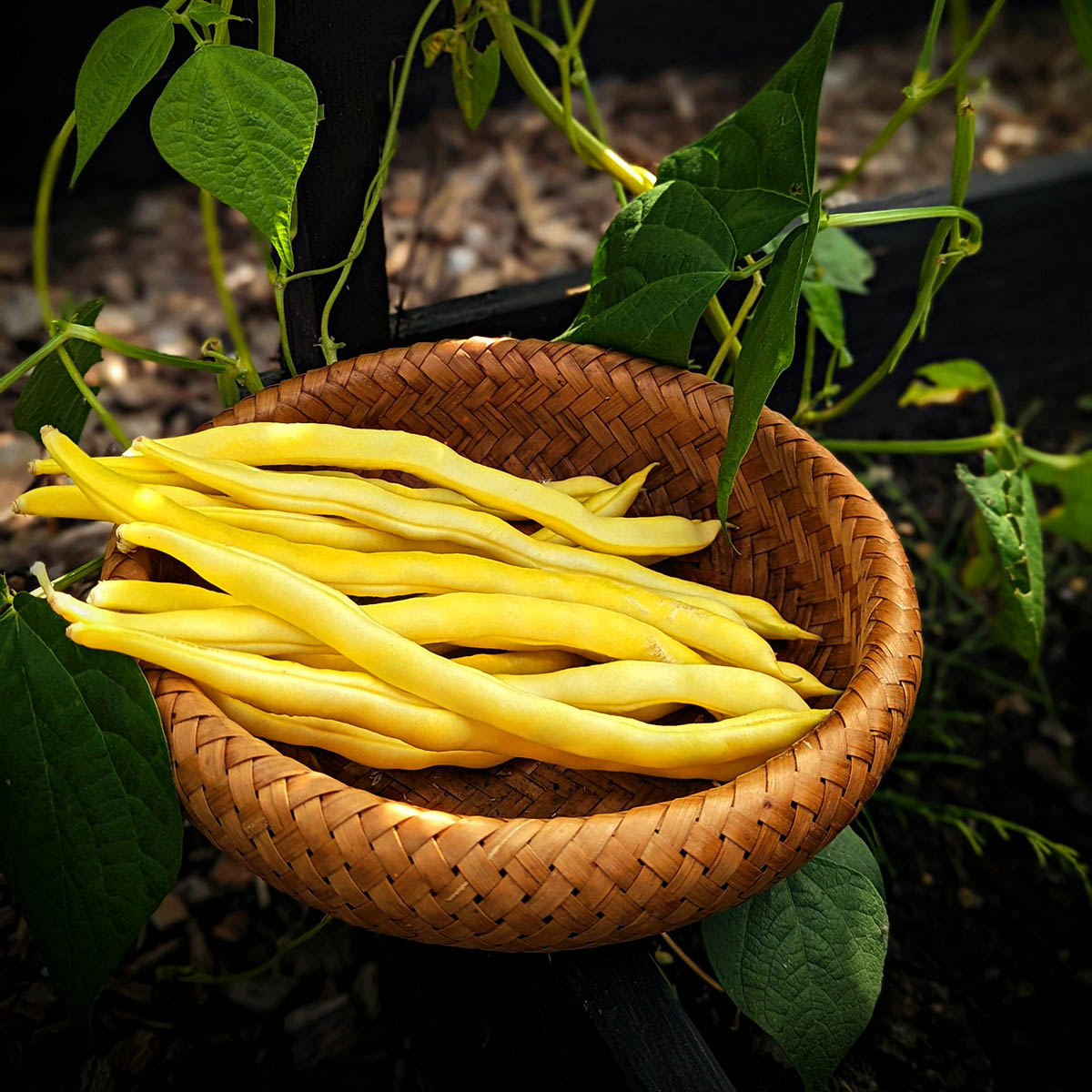
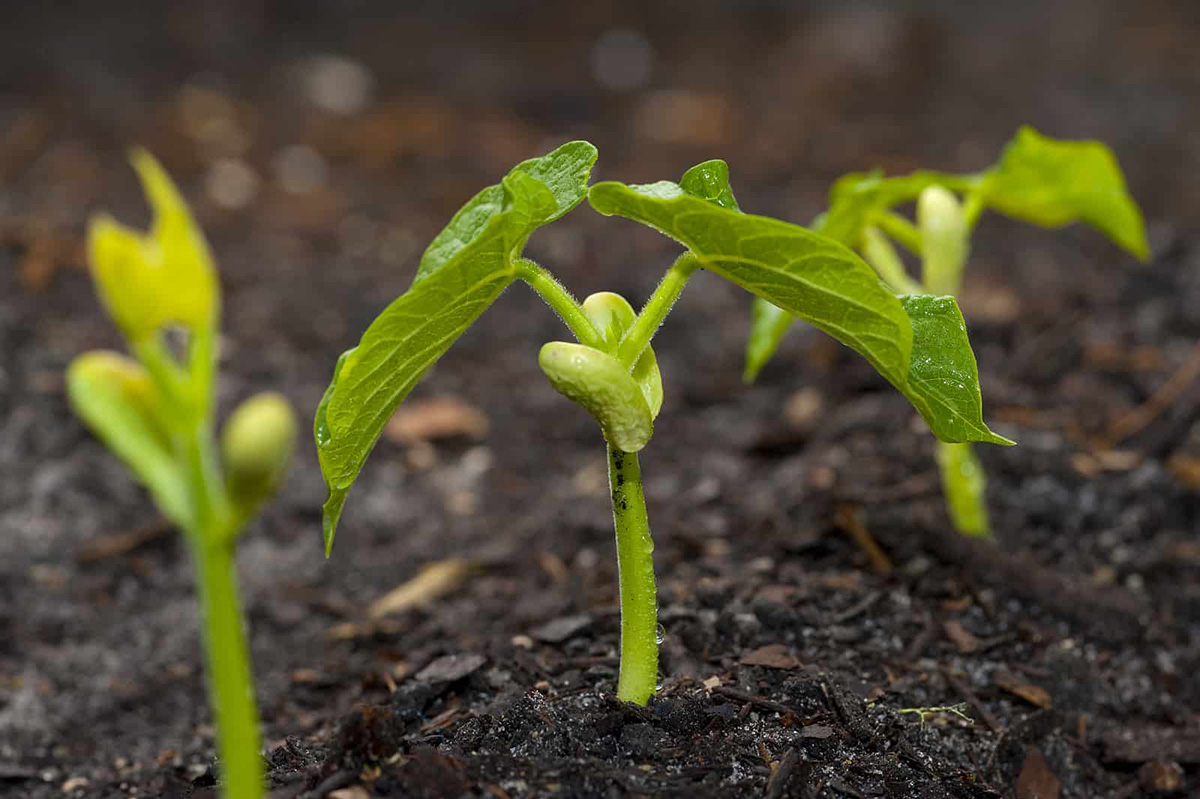
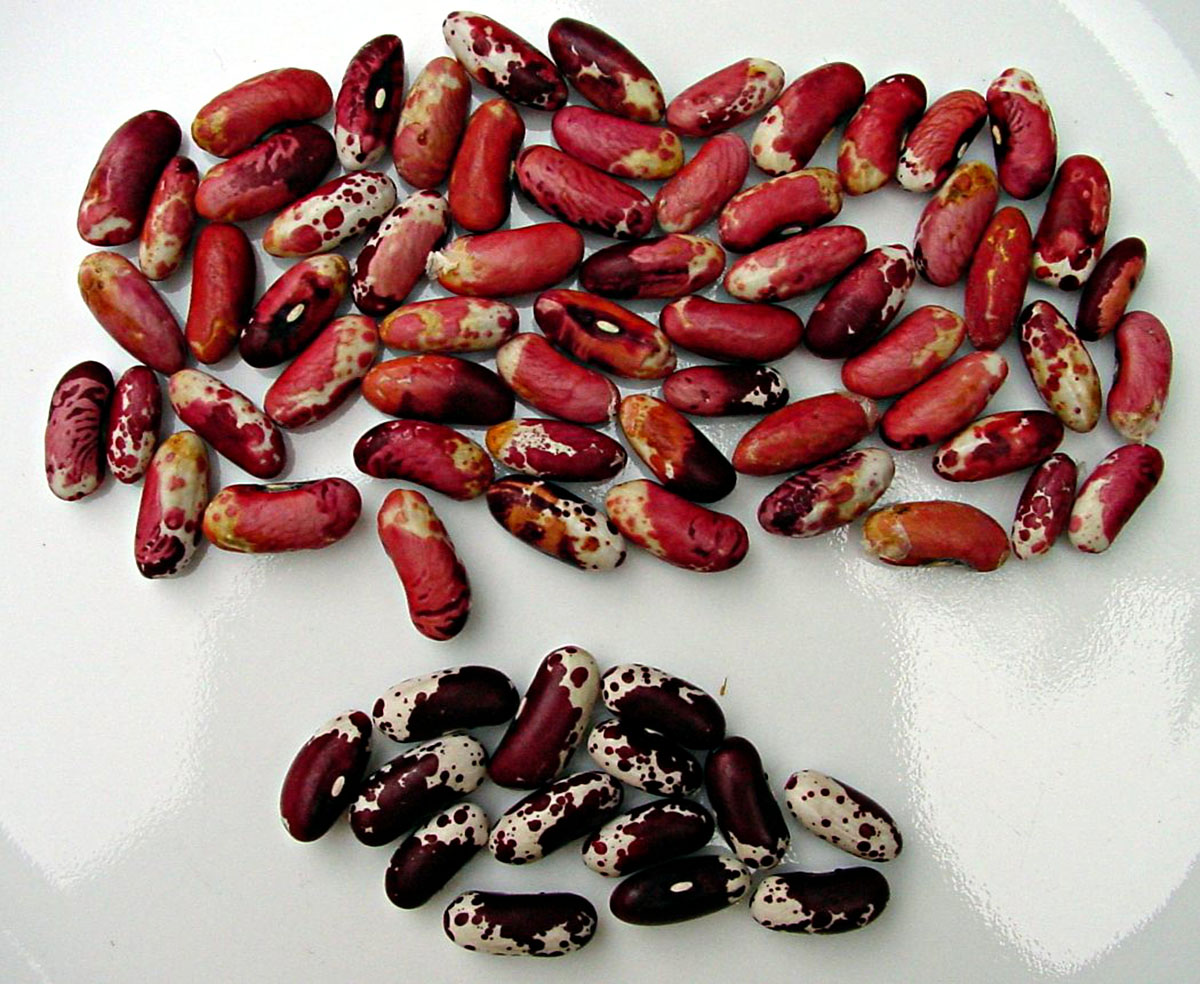
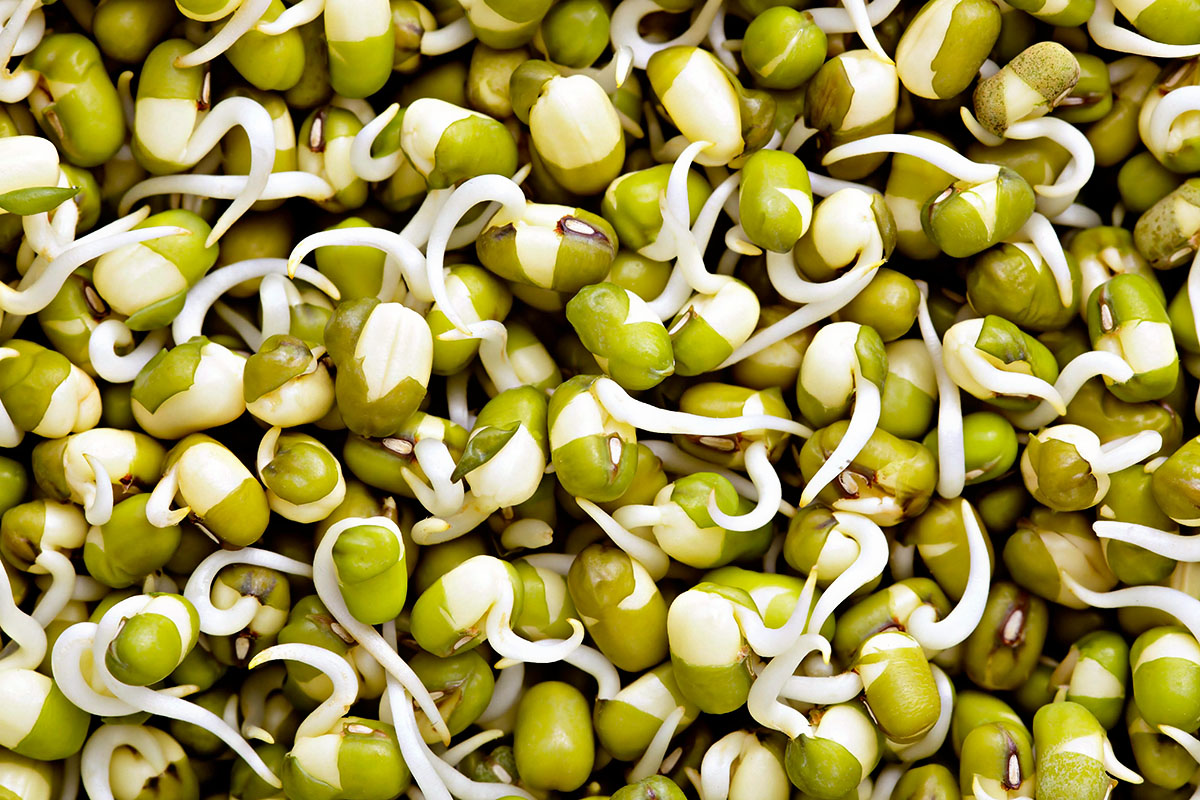
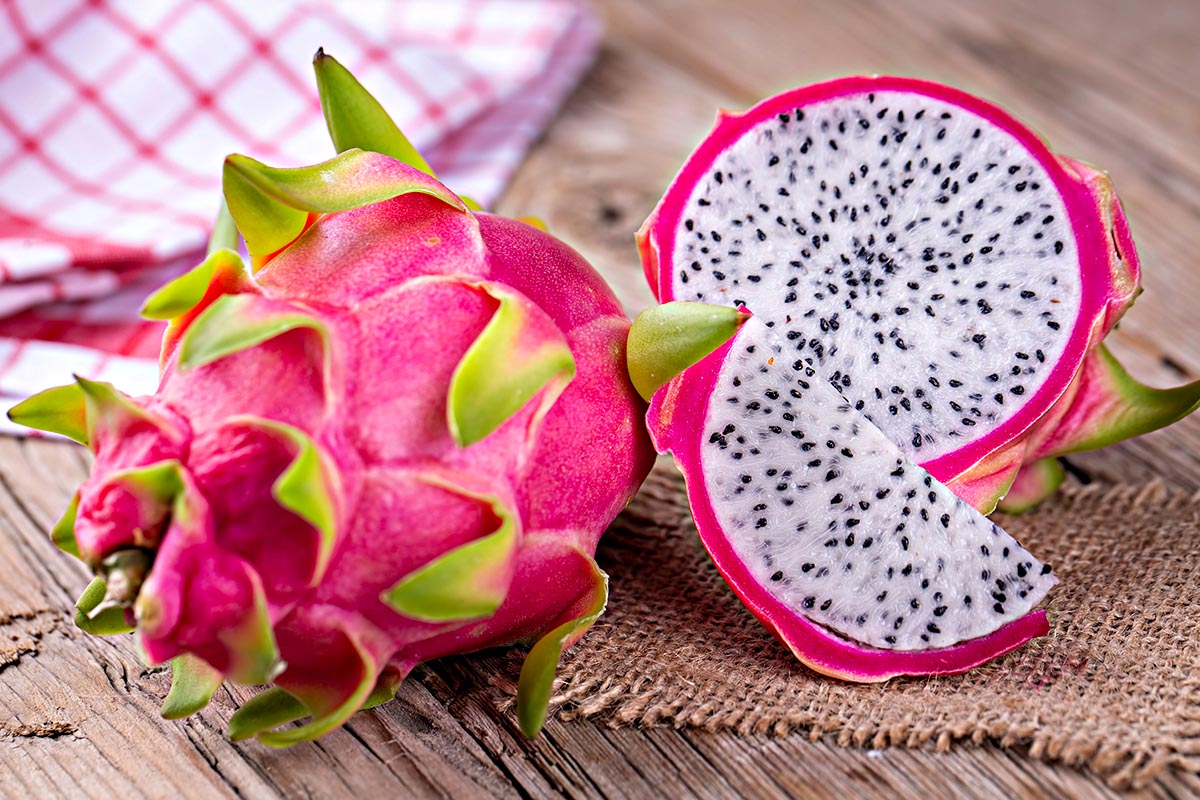
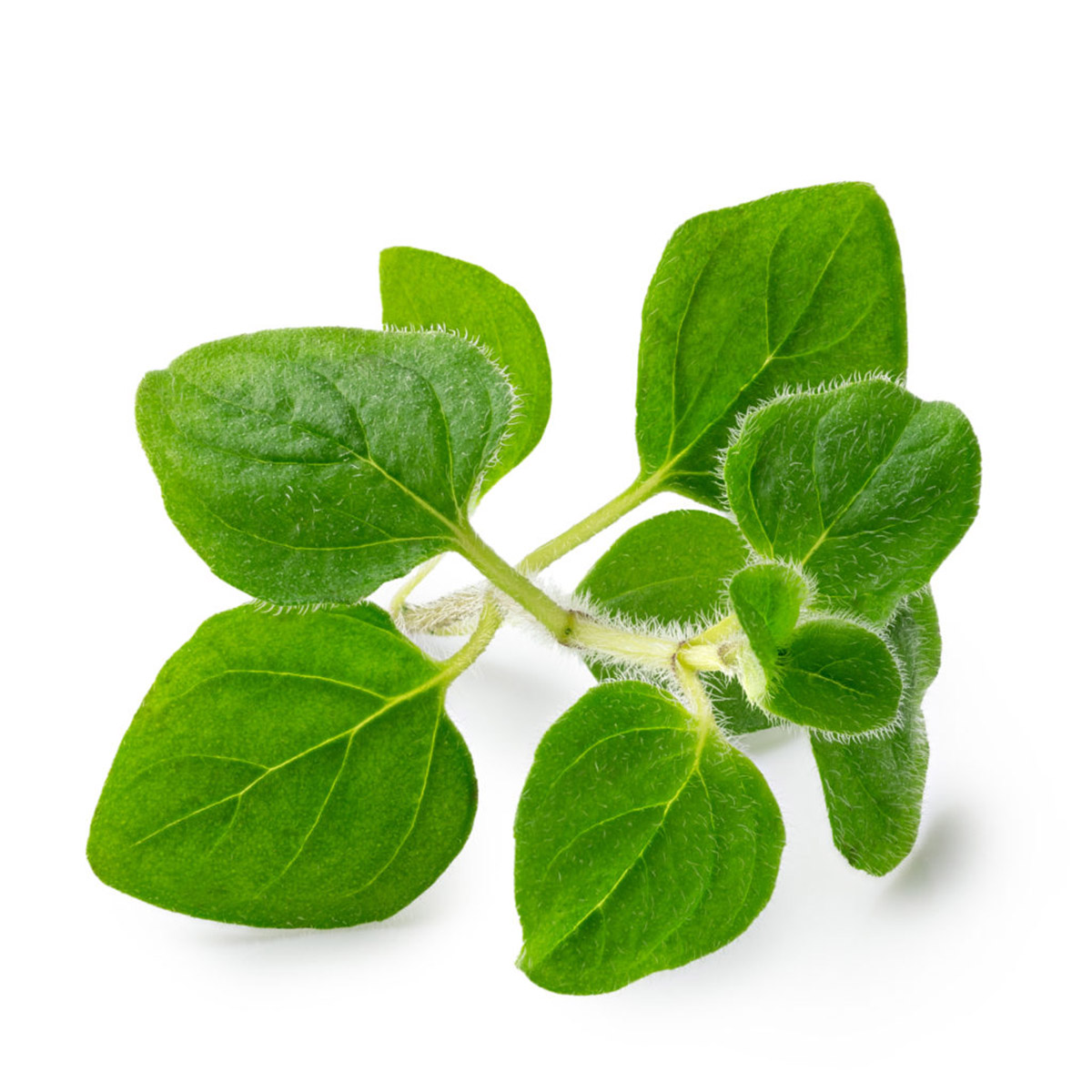
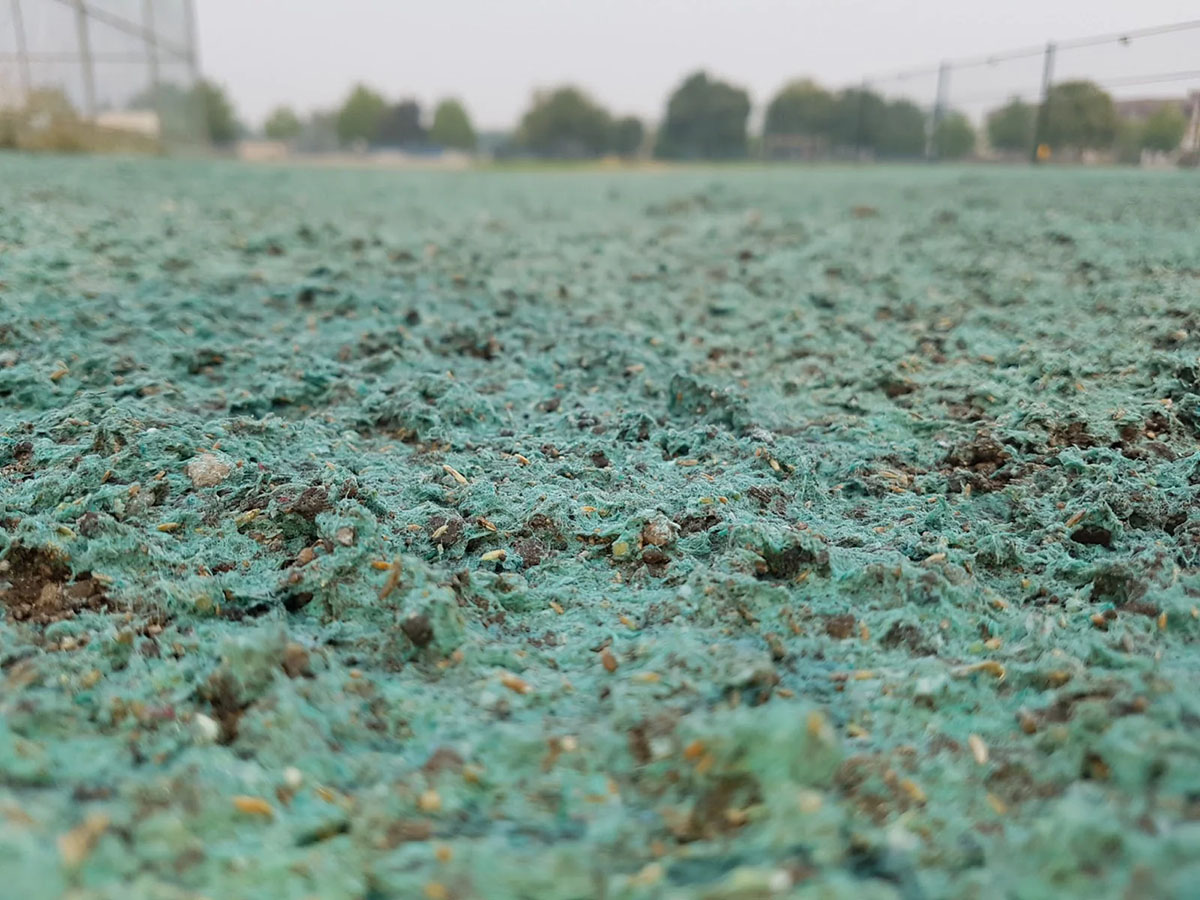

0 thoughts on “How Long For Castor Beans To Germinate”